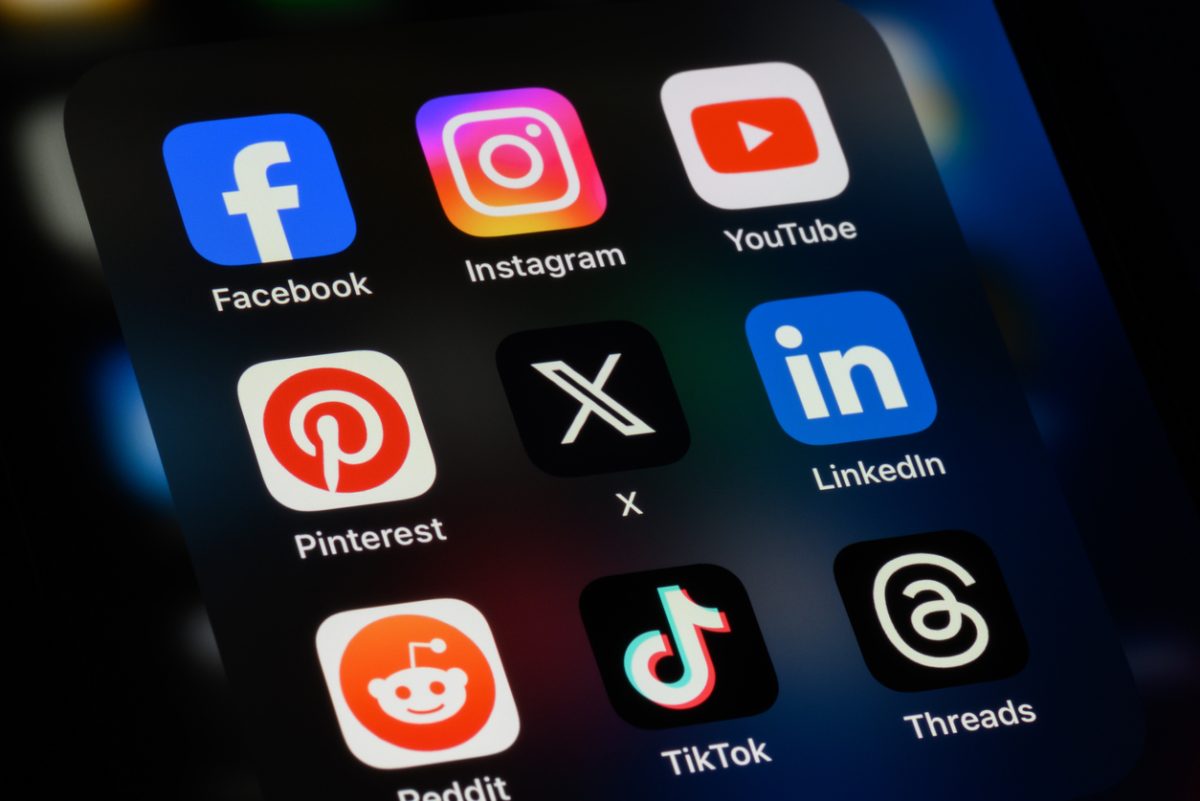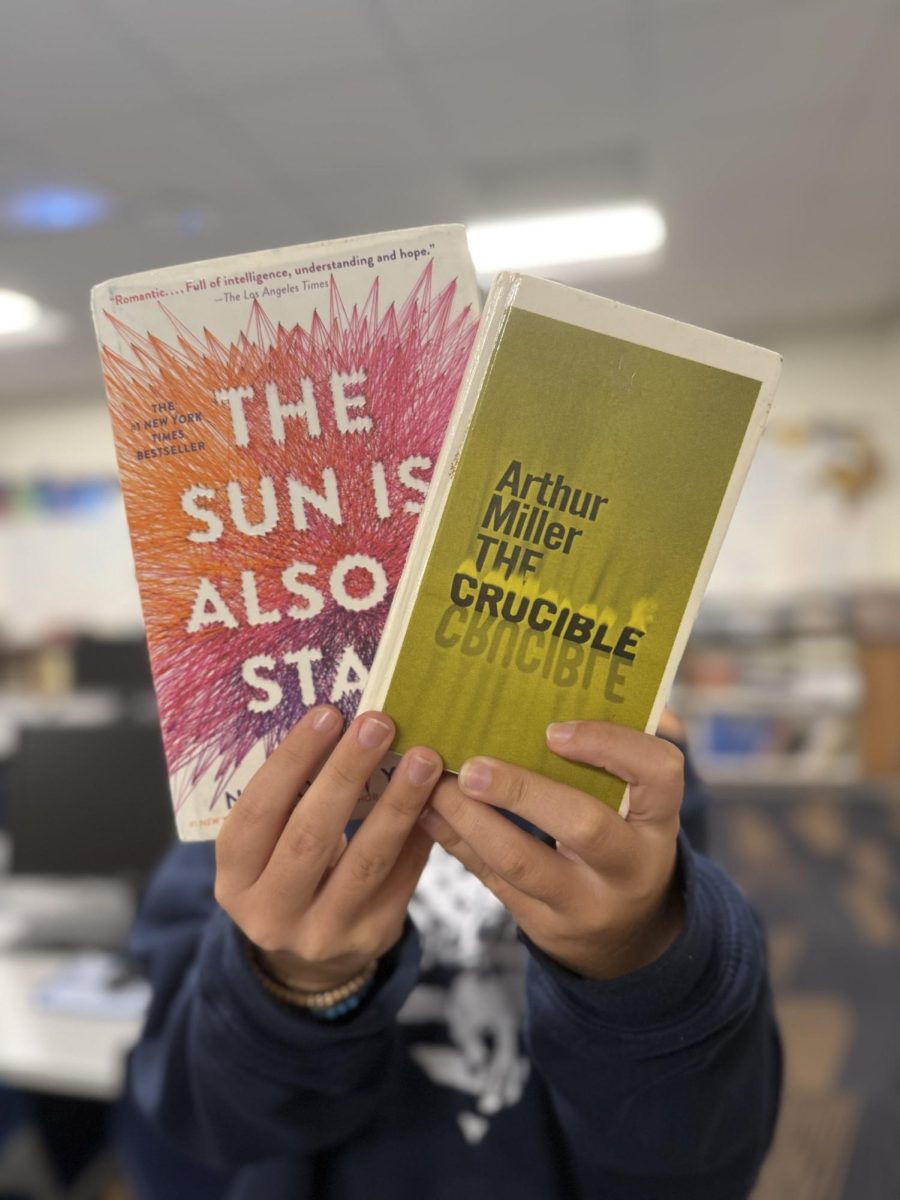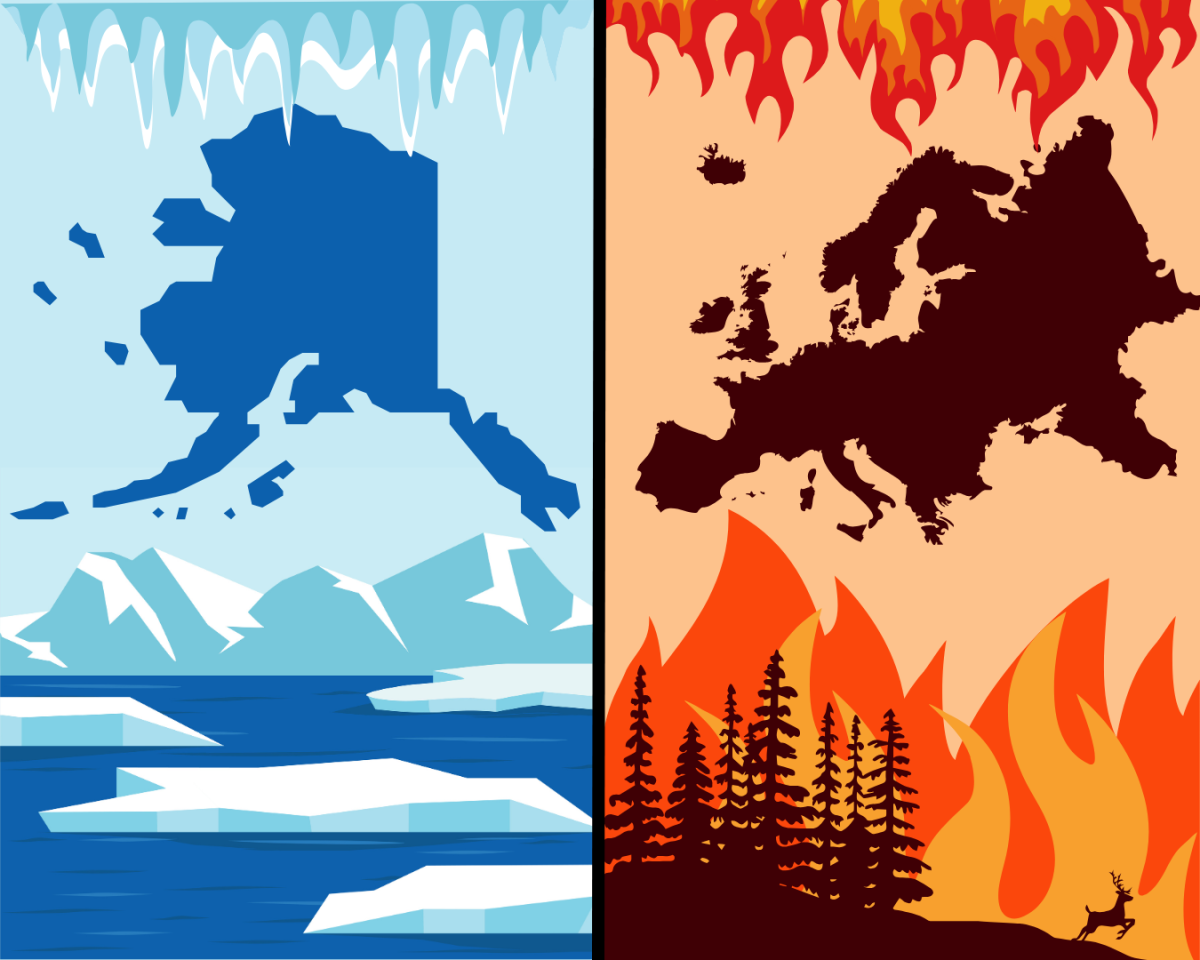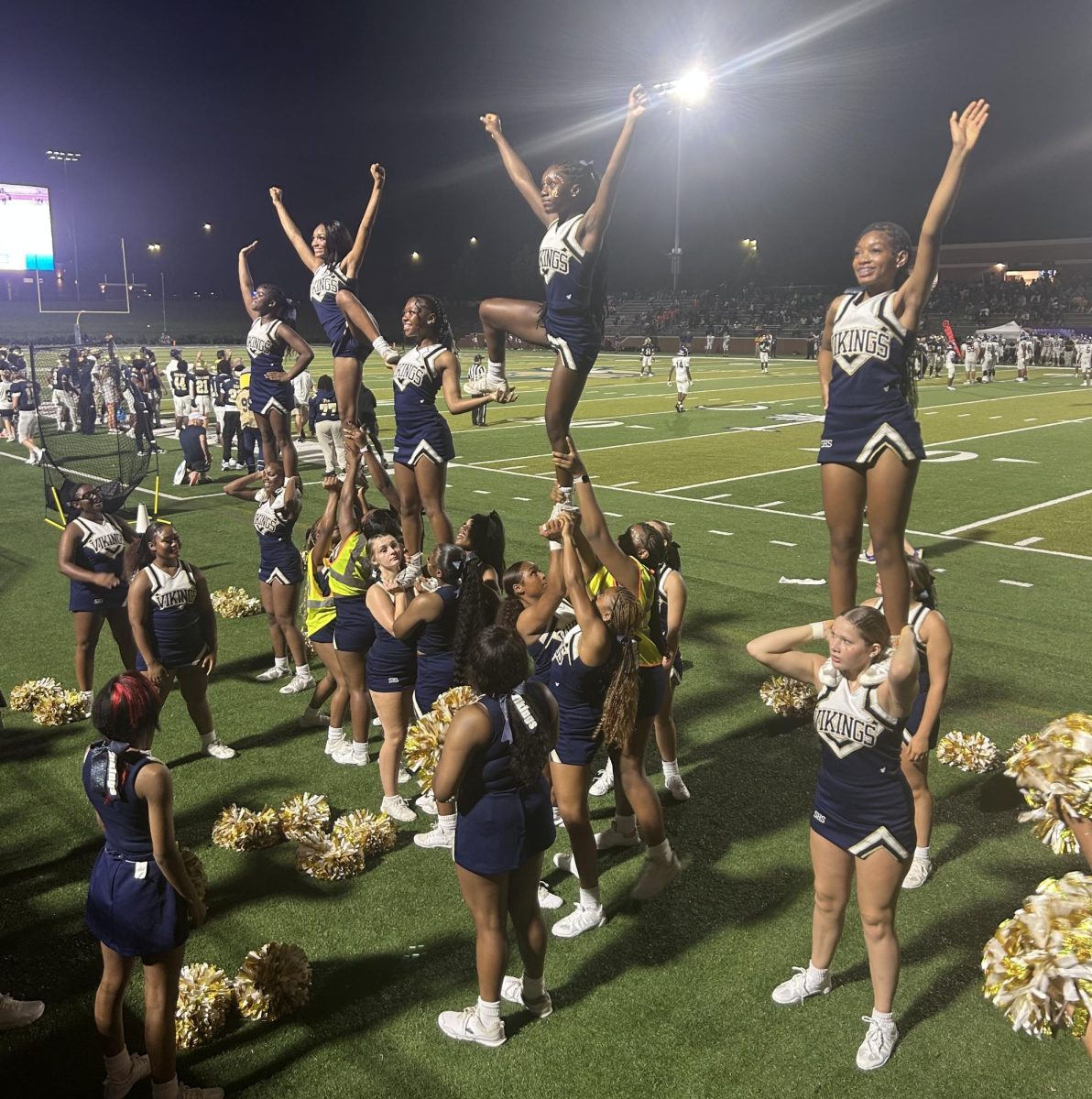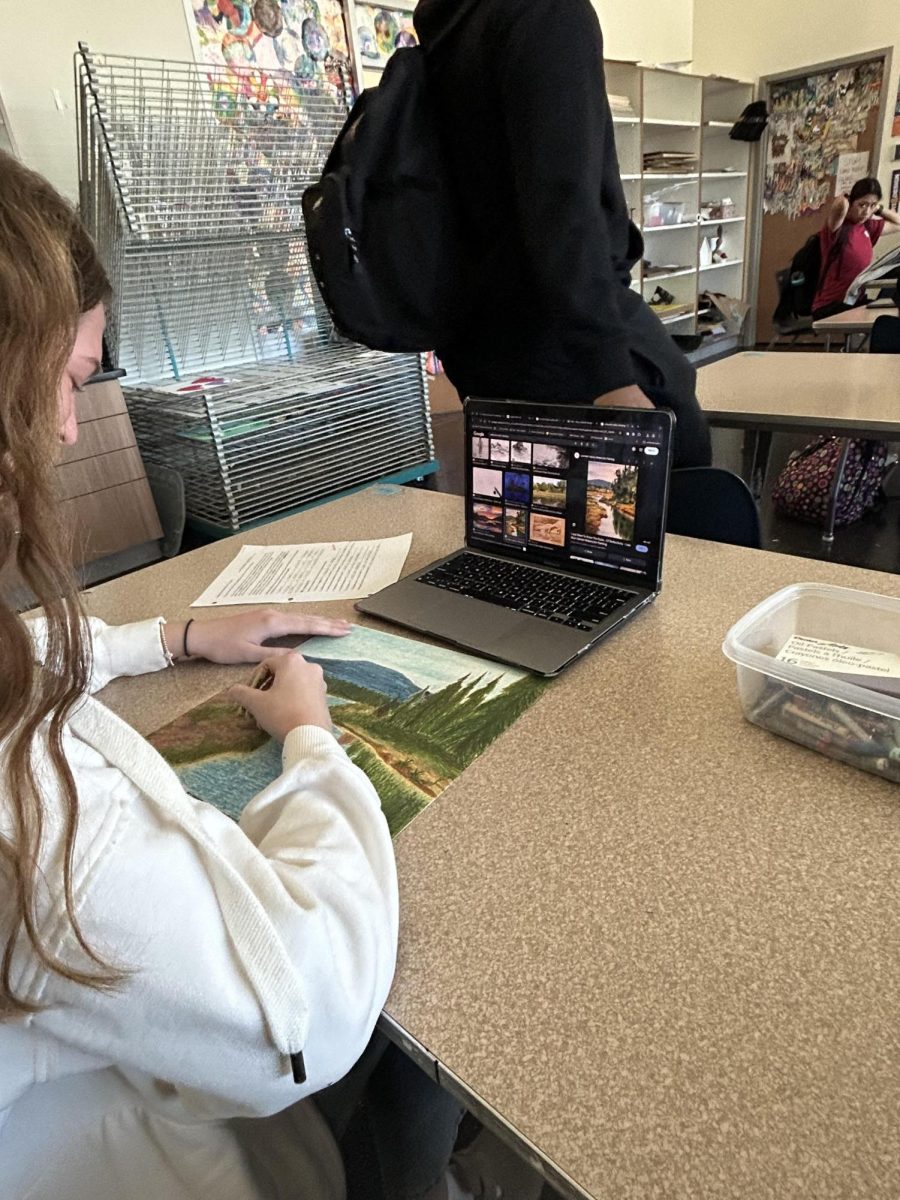Over the years, social media platforms have become more than just a place to share photos and videos with friends. It has become a darker and more dangerous place where children are at risk of being bullied and exploited. According to ctrlcarebh.com, New Jersey’s premier mental health and technology wellness treatment provider, “Surveys suggest that 90% of teenagers use social media.”
This means that 90% of children ages 13 to 17 are at risk of cyberbullying, increased peer pressure, exploitation and the more recent discovery of sextortion. Sextortion is defined by the Federal Bureau of Investigation as “a serious crime that occurs when someone threatens to distribute your private and sensitive material if you don’t provide them images of a sexual nature, sexual favors, or money.” The FBI has seen a recent rise in sextortion cases involving children and teenagers being contacted through social media apps such as Instagram, Snapchat, Discord and X (formally known as Twitter).
The increase in cyberbullying, exploitation and sextortion on social media platforms has caused parents, lawmakers and teenagers to push for social media platforms to implement more safety features to protect children and teenagers. On Jan. 31, 2024, a hearing was held where members of the Senate Judiciary Committee denounced five social media platforms’ chief executive officers, accusing them of ignoring the growing amount of harmful content on their platforms. The chief executives of Meta, Snapchat, TikTok, X and Discord were present at the hearing along with family members of children who have died or been exploited which parents say is due to the lack of protection on social media platforms.
One parent who was present during the hearing was Mary Rodee, who lost her 15-year-old son in 2021 after he was sexually exploited on Facebook Messenger, a product of Meta. Rodee is only one of many parents who have lost their children due to cyberbullying, exploitation and sextortion through social media platforms. “The New York Times” published an article about the hearing, quoting Rodee about her push for legislation to protect children online.
“The companies are not doing enough,” Rodee said.
As the dangers of social media have begun to come to light, many people are noticing how social media users are trying to protect children online.
Bella Gibbs (11) is a social media user and has noticed that people are beginning to make more of an effort to protect children’s identities online.
“I’ve noticed recently that a lot of creators have started to censor children’s faces on social media, and I think that’s a good change because before younger children have been easily taken advantage of on the internet,” Gibbs said.
The dangers of social media can also bleed through from private to public life. High school students are some of the most vulnerable to online bullying and exploitation. When using social media, it is important to be aware of what one is viewing and interacting with, especially if it would harm others.


